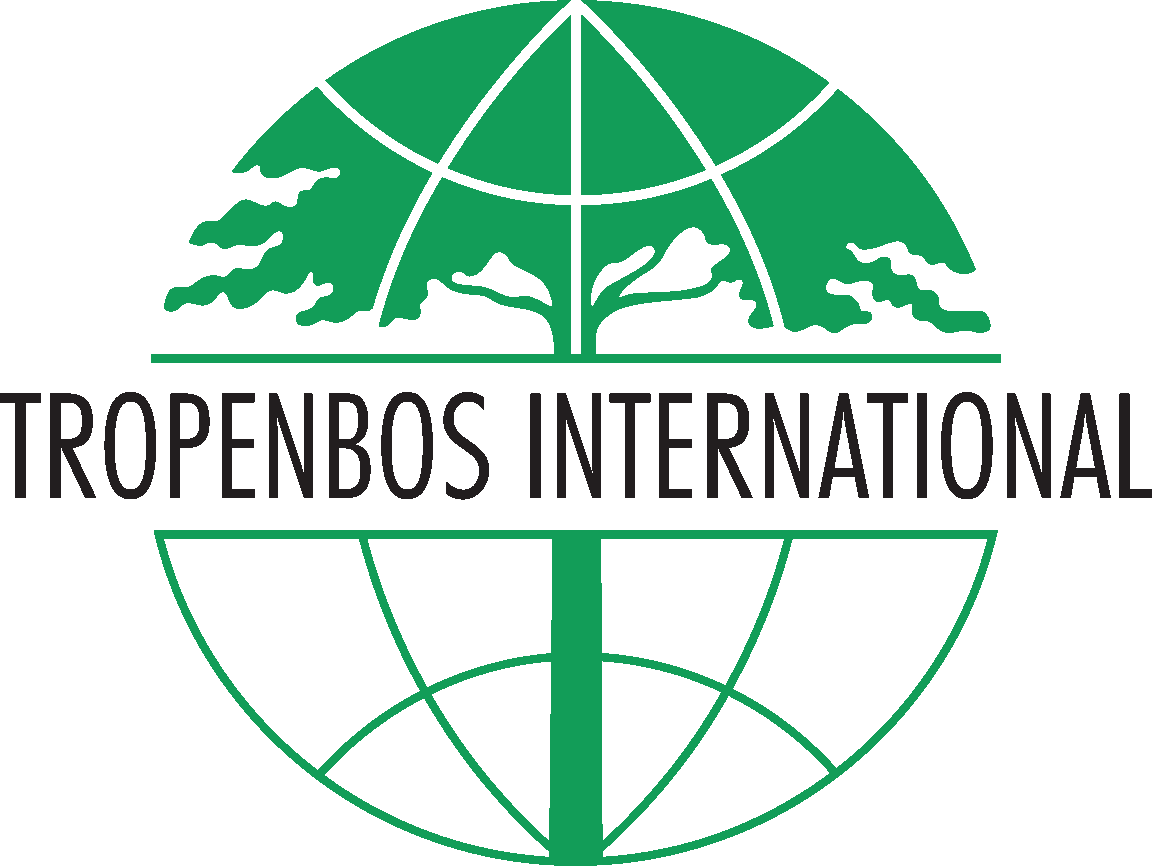Community / Land projects / Sustainably managed landscapes in Atewa and Juabeso-Bia in Ghana to enhance IPGs and livelihoods
Sustainably managed landscapes in Atewa and Juabeso-Bia in Ghana to enhance IPGs and livelihoods

€0
10/16 - 12/20
Completed
This project is part of
Implementing Organisations
Donors
Data Providers
General
GLA Country Context Analysis: The Green Livelihoods Programme (GLA) programme in Ghana works in the Juabeso-Bia landscape in the Western Region and Atewa forest landscape in the country’s Eastern Region. Both landscapes are situated in the tropical evergreen forest zone and are rich in biodiversity, as illustrated by areas that have been designated as Global Significant Biodiversity Areas (GSBA). Both landscapes support the provision of the four International Public Goods (IPGs): water, food security, biodiversity and climate resilience. Juabesa-Bia landscape contains the only biosphere in Ghana and is extensively covered by cocoa plantations. Atewa contains the headwater for some of the important water systems in Ghana notably the Densuriver, on which a major part of the population in Accra depends. However, the landscapes are under serious threats from mining; illegal logging and expansion of farming. The threats are affecting its ability to support the provision of IPGs in the long term and the status of the GSBAs areas. Both landscapes are representative for larger parts of Ghana and face problems that are wide spread in the country. The GLA Ghana programme will be headed by Tropenbos International Ghana, A Rocha Ghana and Friends of the Earth Ghana. Other CSOs will be involved in the implementation of the programme.
Objectives
GLA Country Theory of Change 2016-2020: The GLA programme encourages governments at different levels to enact, implement, enforce and monitor policies and regulations, private sector to apply best sustainable practices, and local communities to be responsible stewards of the natural resources. Local communities will be supported to adopt sustainable natural resources (NR) practices and use nature-based approaches such as agroforestry and agro-ecological farming practices. For these communities, especially women, the reform of the land and tree tenure system is important to make benefit sharing arrangements more equitable. An important instrument to ensure communities’ rights is the Community Resource Management Areas (CREMA) concept, of which the establishment, legalization and up scaling will be promoted. The same accounts for integrated land and water management with strong community participation, which will give local communities greater access to, and control over, their landscapes. As overall approach, the programme will support local communities to engage government and the private sector in the sustainable management of forested resources. District assemblies (DAs) will be encouraged to integrate biodiversity, climate resilience and responsible NR approaches into medium-term development Plans (MTDPs) and participatory land use planning. And efforts will be made to get the private sector to adopt and apply climate smart practices and agro-commodity production systems, landscape standards and sustainable sourcing practices. To achieve these outcomes the Theory of Change shows the following strategies / pathways: the formation of CSO networks and platforms; gender and social inclusiveness in landscape activities and partner organizations; capacity development of CSOs to generate and use evidence; capacity development of CSOs for advocacy and lobby actions; organizational strengthening of participating CSOs.
Other
See attached documents for a brief summary of the Annual plans of the implementing organisation



